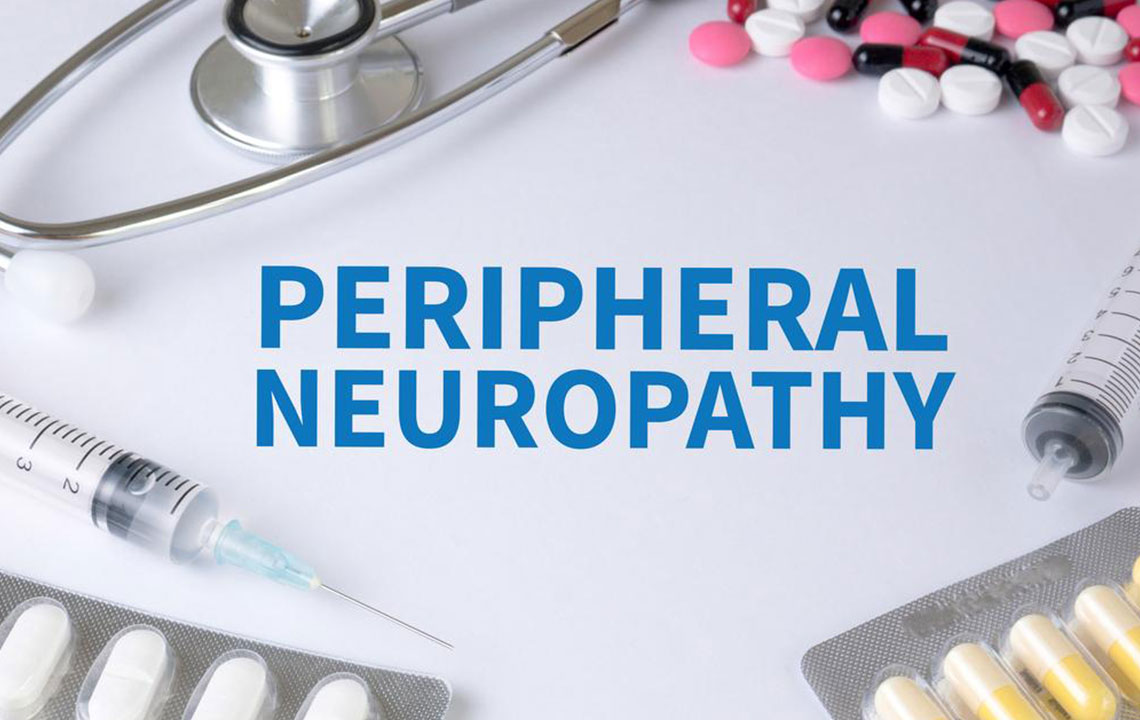How to Address Neuropathic Pain
When a disease or injury makes a negative impact on the sensory system, the nerves situated within the sensory system become incapable of transmitting sensation to the brain. This situation results in lack of sensation or numbness. Nevertheless, in certain cases, when sensory system is injured, some people experience pain in the injured area.

Major risk factors
You have to deal with neuropathic pain when anything due to loss of function in the sensory nervous system. Carpal tunnel syndrome causes nerve issues and it always leads to neuropathic pain and other similar conditions also trigger this type of pain. Trauma due to injuries to the nerve can also invite neuropathic pain and other conditions that cause this pain are cancer treatments, shingles, multiple sclerosis, stroke, HIV, vitamin deficiency and diabetes as well.
Symptoms of neuropathic pain
Other neurological conditions can be identified in easy manner but neuropathic pain cannot be detected easily. When some symptoms become evident, doctors need to interpret a group of words that patients utilize for describing the pain. Patients may tell portray the symptoms as burning, itchy, stinging, hot or sensitive. In the cases of some people; they may experience pain with a small pressure or touch. For finding out the intensity of the pain that a patient is undergoing, various scales are utilized. Doctors ask patients to give a rating to the pain according to a numeric graph or visual scale. There are different types of pain scales available. Pictures of faces portraying different degrees of pain are helpful when the patient finds it tough to reveal the degree of pain they experience.
Antidepressant medications
Different types of medications for neuropathic pain are available in the market. Most of these medications have the approval of the FDA for treating other types of conditions and later found out as helpful for treating neuropathic pain. There are tricyclic antidepressants available in the market and most popular options include desipramine nortriptyline and amitriptyline. These medications have been used to regulate neuropathic pain for several years. In some patients, they offer instant results while some others may have to wait a bit to find relief. Doctors also prescribe other types of antidepressants to bring relief to the patients. Selective serotonin reuptake inhibitors are a good option and most popular choices are citalopram and paroxetine and there are antidepressants such as bupropion and venlafaxine that have been recommended for some patients.
Antiseizure medications and heart arrhythmias for addressing neuropathic pain
Another popular medication used for the treatment of neuropathic pain is antiseizure medications such as lamotrigine, gabapentin, phenytoin and carbamazepine. If you are suffering from chronically painful neuropathy, you may not get relief from these medications. In such a situation, doctors recommend heart arrhythmias because they offer good benefits. They must be taken only under the supervision of a doctor because wrong use can invite a lot of complications and side effects. That is exactly why doctors monitor the patients very closely.
Other types of treatments available for neuropathic pain
There are some medications that can be applied directly to the skin and they are capable of offering moderate amount of relief for some patients. The most common versions of these medications are capsaicin and lidocaine. They are available in patch and gel form. Although some people argue in favor of using narcotic agents for treating chronic neuropathic pain, most doctors do not prescribe them for their patients. If you want to cure neuropathic pain, you must identify the underlying cause. If the underlying reason is reversible, regeneration of the peripheral nerves takes place and the pain becomes tolerable after some period of time.
The most effective way for preventing neuropathic pain is to become highly resistant to the development of neuropathy. You have to monitor and modify lifestyle options including controlling the intake of alcohol, restricting the use of tobacco and keeping a healthy body weight to prevent the risk of diseases such as stroke, degenerative joint disease and diabetes. Using best ergonomic form at work also makes better equipped against neuropathic pain and you also have to reduce the risk of repetitive stress injury. These are some of the ways to guard you against this type of pain. If you experience neuropathy and neuropathic pain, you have to take neuropathic medications for pain to get relief.











